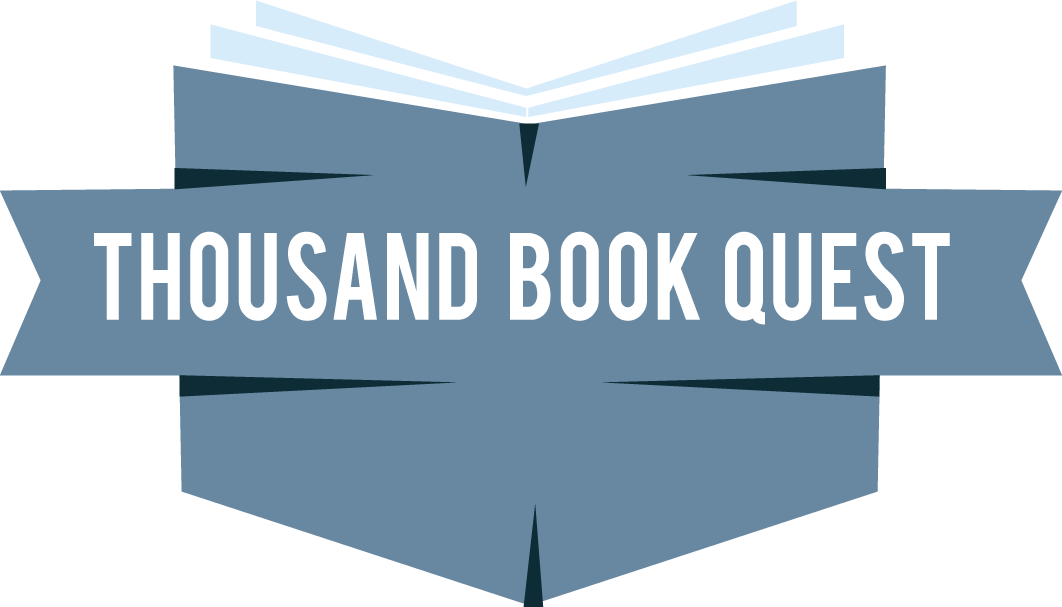517. Van Gogh, The Life
Rating: ☆☆☆
Recommended by:
Author: Steven Naifeh and Gregory White Smith
Genre: Non Fiction, History, Art, Biography
976 pages, published October 18, 2011
Reading Format: Audiobook on Hoopla
Summary
Van Gogh, The Life is an incredibly detailed, exhaustive look at the life of Impressionist Vincent Van Gogh from his birth to his early death at age 37. We follow Vincent’s early struggles to find his place in the world, his conflicted relationship with family, including art dealer brother Theo who financially supported Vincent during most of his life, his intense relationship with fellow Impressionist Paul Gaugin, his move to Provence, where in an explosion of productivity he painted some of the best-loved works in Western art and finally to the mental illness he combated during a significant portion of his brief life.
Quotes
“It is good to love many things, for therein lies the true strength, and whosoever loves much performs much, and can accomplish much, and what is done in love is well done.”
“I dream my painting and I paint my dream.”
“…and then, I have nature and art and poetry, and if that is not enough, what is enough?”
“There is nothing more truly artistic than to love people.”
“A great fire burns within me, but no one stops to warm themselves at it, and passers-by only see a wisp of smoke”
“I don’t know anything with certainty, but seeing the stars makes me dream.”
“Normality is a paved road: It’s comfortable to walk, but no flowers grow on it.”
“If you hear a voice within you say you cannot paint, then by all means paint and that voice will be silenced.”
“What am I in the eyes of most people — a nonentity, an eccentric, or an unpleasant person — somebody who has no position in society and will never have; in short, the lowest of the low. All right, then — even if that were absolutely true, then I should one day like to show by my work what such an eccentric, such a nobody, has in his heart. That is my ambition, based less on resentment than on love in spite of everything, based more on a feeling of serenity than on passion. Though I am often in the depths of misery, there is still calmness, pure harmony and music inside me. I see paintings or drawings in the poorest cottages, in the dirtiest corners. And my mind is driven towards these things with an irresistible momentum.”
“Close friends are truly life’s treasures. Sometimes they know us better than we know ourselves. With gentle honesty, they are there to guide and support us, to share our laughter and our tears. Their presence reminds us that we are never really alone.”
“What would life be if we had no courage to attempt anything?”
“If I am worth anything later, I am worth something now. For wheat is wheat, even if people think it is a grass in the beginning.”
“The fishermen know that the sea is dangerous and the storm terrible, but they have never found these dangers sufficient reason for remaining ashore.”
“Art is to console those who are broken by life.”
“If you truly love nature, you will find beauty everywhere.”
“I try more and more to be myself, caring relatively little whether people approve or disapprove.”
“Great things are not done by impulse, but by a series of small things brought together.”
“I want to touch people with my art. I want them to say ‘he feels deeply, he feels tenderly’.”
“It is with the reading of books the same as with looking at pictures; one must, without doubt, without hesitations, with assurance, admire what is beautiful.”
“I always think that the best way to know God is to love many things.”
“At present I absolutely want to paint a starry sky. It often seems to me that night is still more richly coloured than the day; having hues of the most intense violets, blues and greens. If only you pay attention to it you will see that certain stars are lemon-yellow, others pink or a green, blue and forget-me-not brilliance. And without my expatiating on this theme it is obvious that putting little white dots on the blue-black is not enough to paint a starry sky.”
“It is looking at things for a long time that ripens you and gives you a deeper meaning.”
My Take
I listened to the audio version of Van Gogh, The Life in connection with a class I took on Vincent Van Gogh. It is an extremely long book that would have benefited tremendously from editing out some of the slower and repetitive portions. That said, I did learn A LOT about Vincent Van Gogh, who in addition to being an artistic genius was a world class narcissist and free loader. Vincent’s letters make clear that often acted like a real jerk, expecting his brother Theo to continuously provide him with material support with no questions asked while sometimes looking down on Theo because he was a businessman and not an artist. A unique character!
